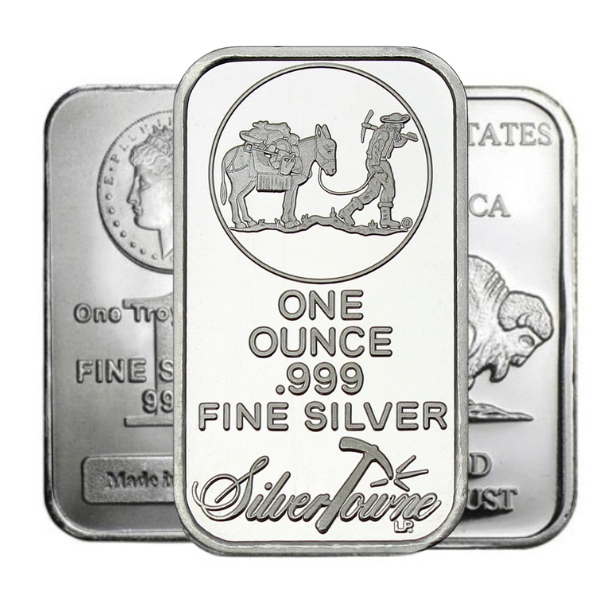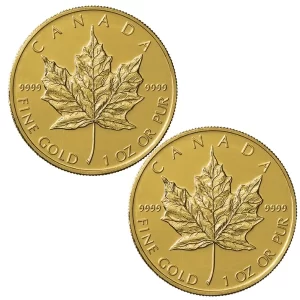When investors are in the gold, silver, and other precious metals market, the central objective is to earn the highest return possible, similar to any investment. When purchasing precious metals in bars, the metal is usually classified into two different types of products: Cast bars and Minted bars. The process of refining gold and silver over the years has developed allowing inventors to have more options when in the market.
Many individuals puzzle themselves between choosing Cast bars and Minted bars.
Cast bars are popular amongst collectors and investors due to their traditional nature. From a physical point of view, if one is buying purely on weight and as an investment, then cast bars are ideal. Cast bars are created by pouring the melted metal into an open mold, typically made of graphite or other heat-resistant materials. The metal is then left to cool and is taken out after cooling lines have been exposed. It is cheaper to cast than mint and consumers end up with the same underlying metal value when it is sold by weight and purity.
Minted bars are traditionally cut from a cast bar that has been rolled to a uniform thickness. They are often finished with glossy finishes and artistic designs. The manufacturing process for minted bars is time-consuming resulting in their usual higher premiums. However, Minted bars are easier to sell because of their more eye-appealing view and perfection in size.
Which bar is more adequate to purchase?
Cast bars are usually produced for jewellery, industrial use, and other fabricators. Minted bars are primarily used for investment purposes as they have better resale value. However, resale value does not necessarily mean the best return because minted bars do carry a higher premium. Therefore, a bar decision should be based on the intention of use.
If you have any inquiries on our selection of bullion products please contact us today! You can reach out to us via email, live chat, social media, and telephone!
 Hi,
Hi,























